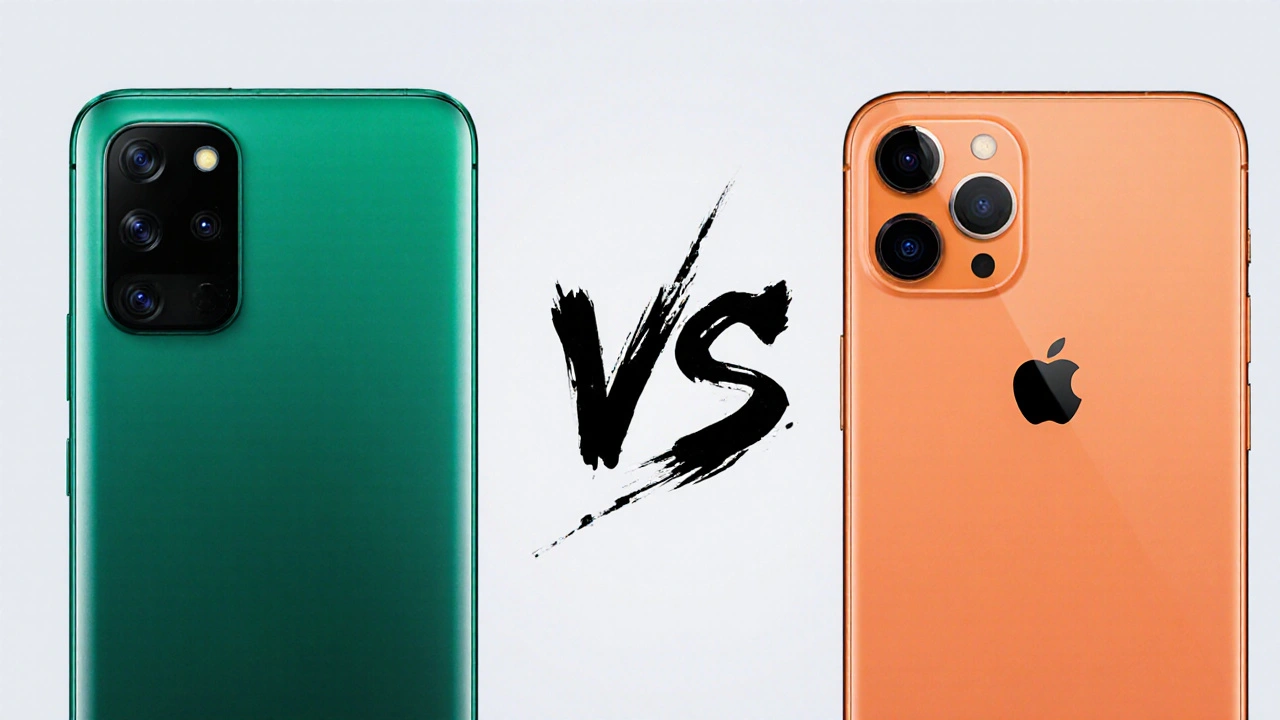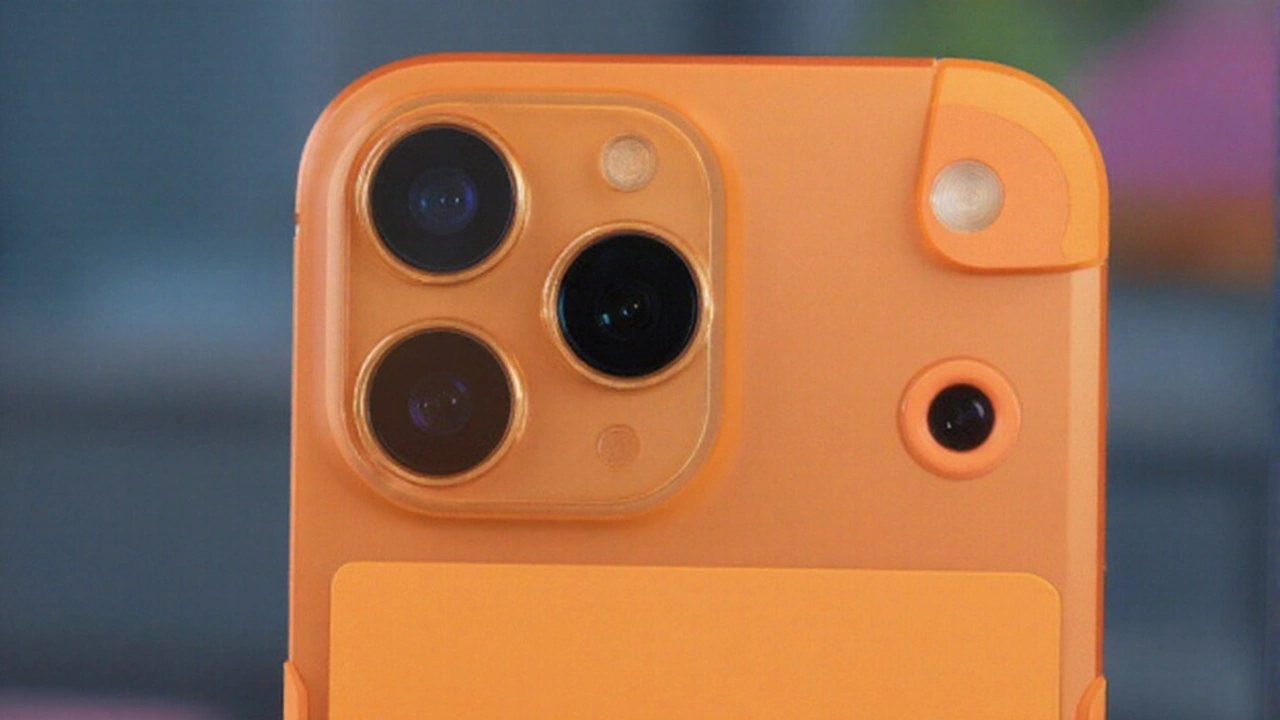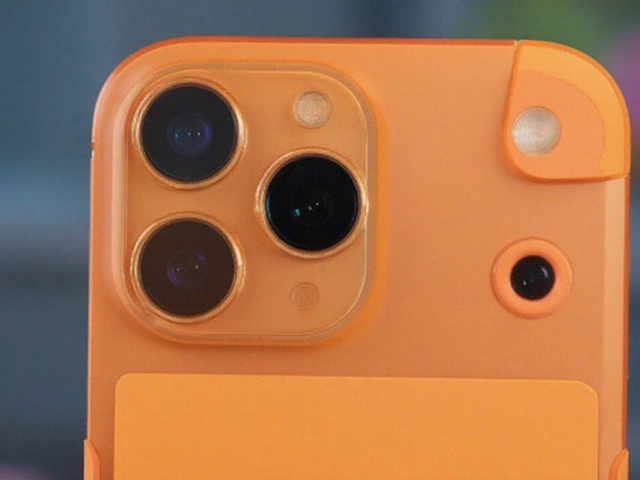The latest flagship from Apple, the iPhone 17 Pro Max, has been put through a series of lab examinations that reveal how its hardware upgrades stack up against the hype. Reviewers focused on three core areas: the revamped display, the revamped charging system, and the all‑new aluminum unibody that replaces the previous steel‑titanium mix.
Display and Design Shifts
Apple’s newest premium screen measures 6.9 inches and uses a Super Retina XDR OLED panel with LTPO technology. The variable‑refresh engine, branded ProMotion, can swing between 10 Hz and a buttery‑smooth 120 Hz depending on what the content demands, which translates to noticeable energy savings during static tasks. Lab meters recorded peak brightness levels that top previous models by roughly 15 %, making outdoor readability far better, especially under direct sunlight.
An anti‑reflective coating sits on top of the glass, cutting glare without sacrificing color fidelity. The frame is now a single‑piece aluminum shell, measuring 163.4 × 78 × 8.8 mm and weighing in at 233 g. Although aluminum is lighter than steel, the phone ends up a few grams heavier because of a larger battery, beefier cooling films and the extra hardware in the camera system.
- Screen: 6.9‑inch LTPO OLED, 120 Hz ProMotion
- Brightness: up to ~1,300 nits (peak)
- Dimensions: 163.4 × 78 × 8.8 mm
- Weight: 233 g (aluminum unibody)
The aluminum chassis improves heat dispersion during intensive tasks, which lab rigs confirmed by keeping the SoC temperature 3‑4 °C lower than the prior steel‑titanium version under sustained load. The trade‑off is a slightly softer feel when the phone takes a tumble; scratch‑resistance tests showed a modest increase in minor scuffs compared with the older premium alloys.

Battery, Charging and Performance Benchmarks
Battery capacity has been bumped up, though Apple didn’t disclose the exact mAh figure. In practice, the phone holds a charge that lasts roughly an hour longer than the iPhone 16 Pro Max in mixed‑usage simulations. More striking, however, are the charging advancements.
Apple now advertises 25 W MagSafe wireless charging, and the lab confirmed that the claim holds up. Using a third‑party Qi‑2‑compatible pad, the phone reached about 29 W at the pad’s input, translating to a 0 % → 50 % charge in exactly 30 minutes. A 15‑minute burst pushed the battery to roughly 25 % capacity, while a full 0 % → 100 % cycle took just under 2 hours when using the same wireless setup.
Wired fast charging remains at 30 W via the Lightning‑to‑USB‑C cable, but the wireless flexibility is the headline. Apple’s Battery Health feature, now more granular, lets users set peak‑performance limits and view degradation curves over time.
Under the hood sits the new A19 Pro system‑on‑chip, built on a 3‑nm process. Benchmarks show a 12 % uplift in single‑core speed and a 20 % jump in multi‑core workloads compared with the A18. Coupled with the larger RAM pool (not officially disclosed), app launch times feel snappier, and heavy gaming sessions stay smooth without throttling.
- Wireless charging: 25 W MagSafe, Qi‑2 compatible
- 0 % → 50 % in 30 min, 0 % → 100 % under 2 hrs
- SoC: A19 Pro (3 nm)
- Performance gain: +12 % single‑core, +20 % multi‑core
Storage options have been broadened as well. All models launch with a minimum of 256 GB, and the Pro Max variant offers a massive 2 TB option for power users who store 4K video, massive photo libraries, or extensive app suites. The larger base storage aims to future‑proof the device as apps become more data‑hungry.
Overall, the lab findings suggest that Apple’s incremental upgrades – a brighter, faster screen, a more capable wireless charging system, and a thermally smarter aluminum body – deliver tangible everyday benefits. While the shift away from premium steel and titanium may irk durability purists, the practical gains in cooling and weight management appear to outweigh the minor increase in surface susceptibility.


